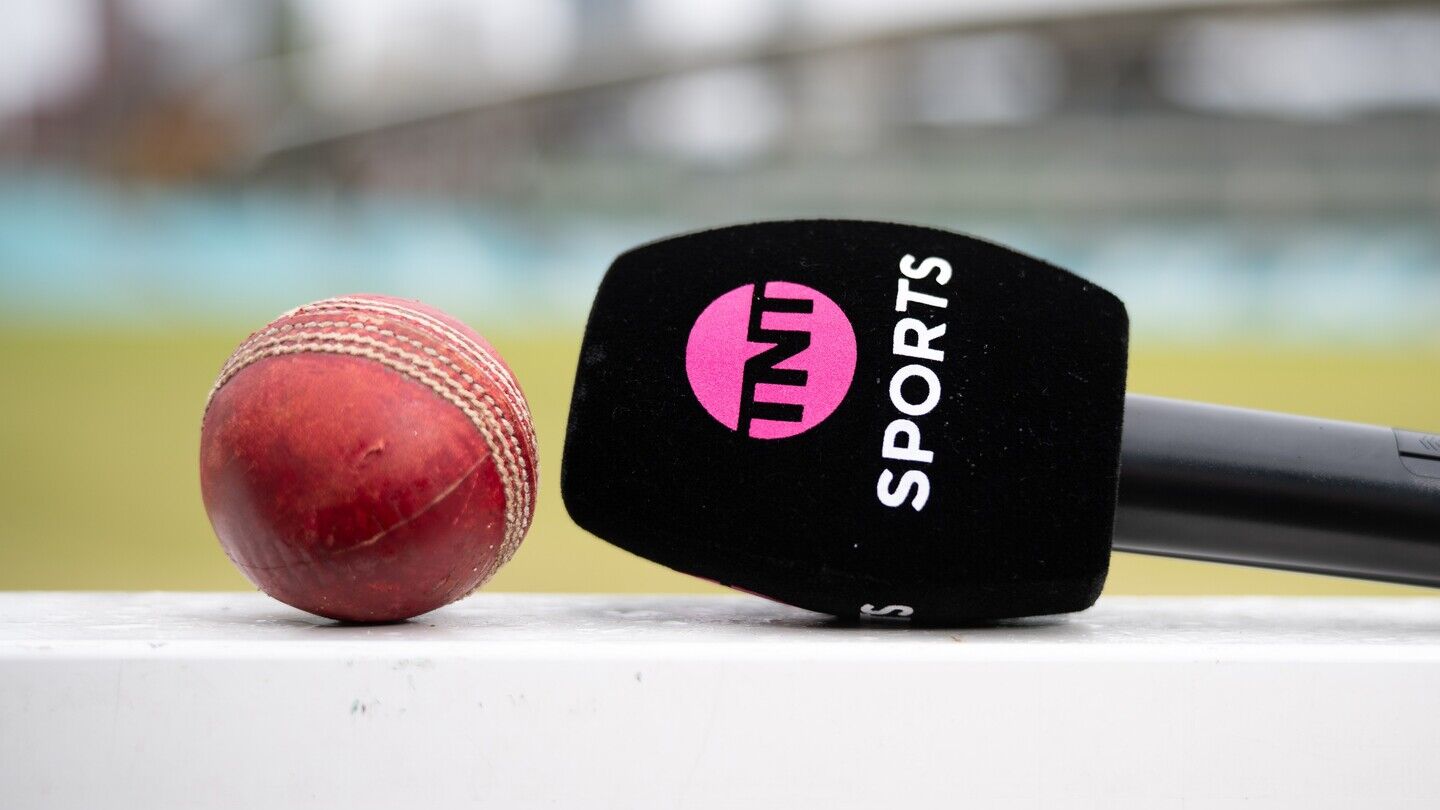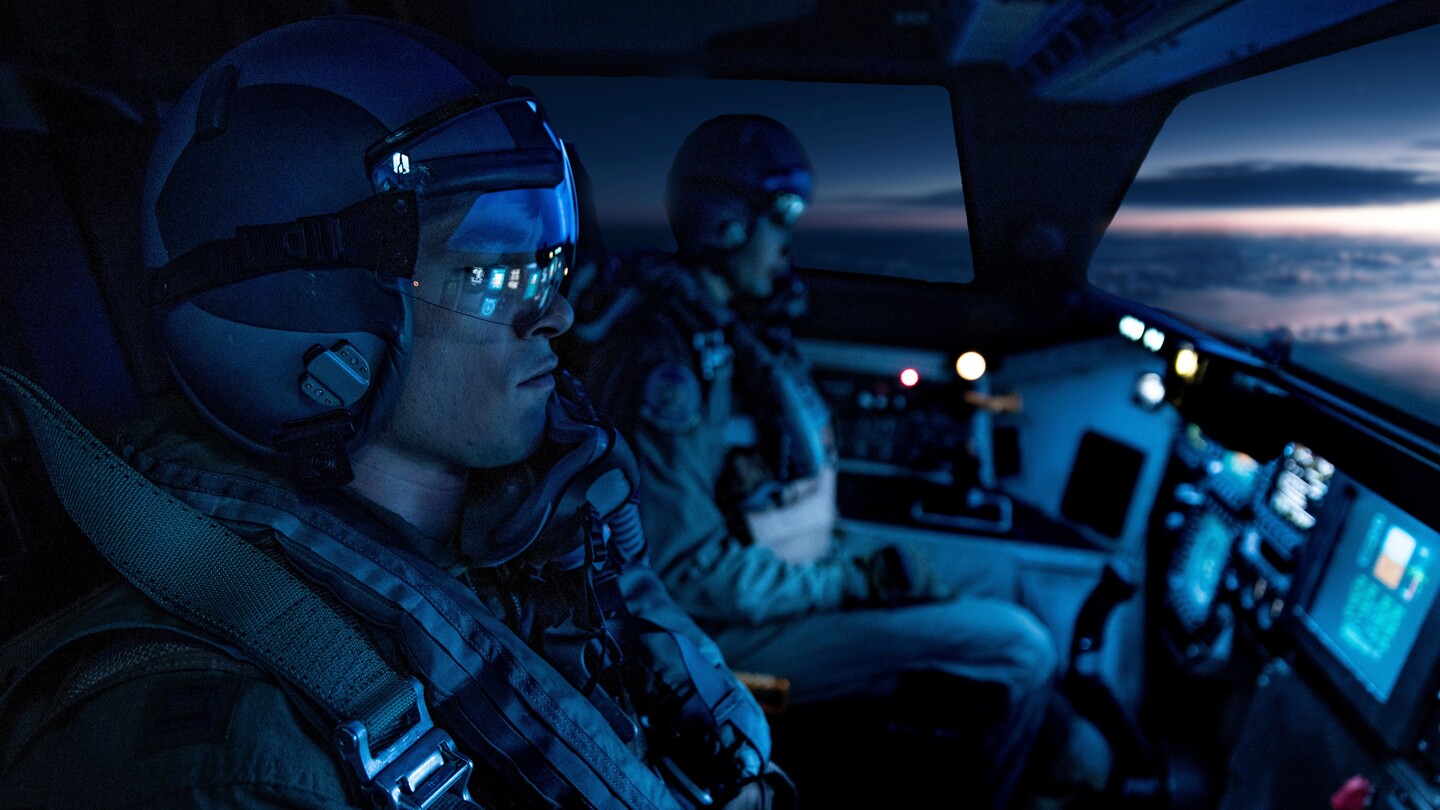A story about re-activating a dead woman with her unborn baby’s brain was always going to make for a strange film but if weird is what you want, Poor Things will not disappoint, writes Adrian Pennington.
The heroine lives in a “dystopian version of a Merchant Ivory film, with the idea of a grand tour,” according to McNamara in the film’s production notes.
Lanthimos set his fellow heads of department a task, which was to make it all as hand-crafted and free of digital trickery as possible. Among other things this entailed shooting it all in a studio - the old-fashioned way - with gigantic sets, shooting on 35mm film using resuscitated filmmaking techniques.
“Yorgos really wanted to create from whole cloth,” Ryan said. “Things weren’t meant to feel real or verité. It’s got its own angle, its own quirk.”
Ryan is best known for his work with Andrea Arnold on Fish Tank (2009), American Honey (2016) and forthcoming release...
You are not signed in
Only registered users can read the rest of this article.

Behind the scenes: Hamnet
Look, lighting and camera movement were stripped back to basics by cinematographer Lukasz Żal to create the stage for Shakespeare’s personal tragedy.

Behind the scenes: The Running Man
Scenes structured like Russian nesting dolls present Editor Paul Machliss with a challenge in completing this deadly reality TV show.

TNT Sports and The Ashes: “We need to be at the heart of the story”
TNT Sports takes a hybrid approach as England’s cricket team heads down under with a sporting chance of returning with a little urn. Adrian Pennington reports.

Behind the scenes: Frankenstein
Cinematographer Dan Laustsen tells IBC365 why he and Guillermo del Toro turned the classic nightmare, Frankenstein, into a love story of ice and warmth between father and son.
Behind the scenes: Good Boy
From casting his own dog as the lead to shooting at a dog’s eye level, first-time Feature Director Ben Leonberg has perfected a filmmaking process built entirely around a pet. The result? Critical acclaim and a viral smash for horror season.




